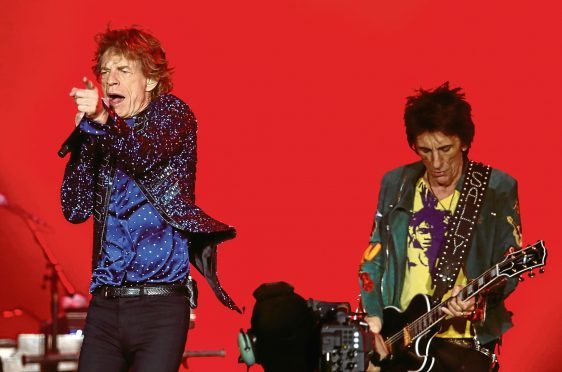The Rolling Stones have a song that has the line “you can’t always get what you want”.
There are many versions of the song as many artists have covered it. When I hear it I think of investing – probably not what Mick et al were aiming at when they penned the lyrics – but when you think about it when it comes to investing what most people want is freely available.
This holds true so long as they are willing to follow some simple steps.
How would we describe what our clients want? They want a successful investing experience with a realistic chance of building enough value in their assets to allow them and their family to live comfortably throughout the rest of their lives, with a little bit left over to give away.
There is a growing body of evidence to suggest that by focusing on the things you can control – such as creating a plan that fits your acceptance of risk, being broadly diversified, controlling your emotions and behaviours, minimising your taxes and keeping costs – you can enjoy a successful investment experience.
What can you control? The plan and its shape, time frame and budget.
What can’t you control? The markets, governments or the media.
Once in place, you can build a lifetime model to spend capital on the things that really make you happy, creating memories of something that is dear to you.
For some people, this will be a new car every couple of years. For others, it could be the chance to eat at Michelin-starred restaurants, donate regularly to a favourite charity or retire at a certain age.
It is important for everyone to remember and revisit the event or ambition that makes them happy, and to build a plan to make it happen.
I have never met a client who has leapt out of their chair celebrating an annual report showing their money has gone up 5%, but I have had a picture of a retired client sitting on the beach and writing to thank me for helping him get there.
That is why you should invest in your dreams and ambitions and not to just to see your money grow – this way, you will get a lot more satisfaction from your savings.
Although you can’t always get what you want, there is some truth in the next line of the song – “if you try sometimes, you get what you need”.
Why don’t you start by thinking about what it is that you need – you might find your plan ends up getting you what you want after all.
